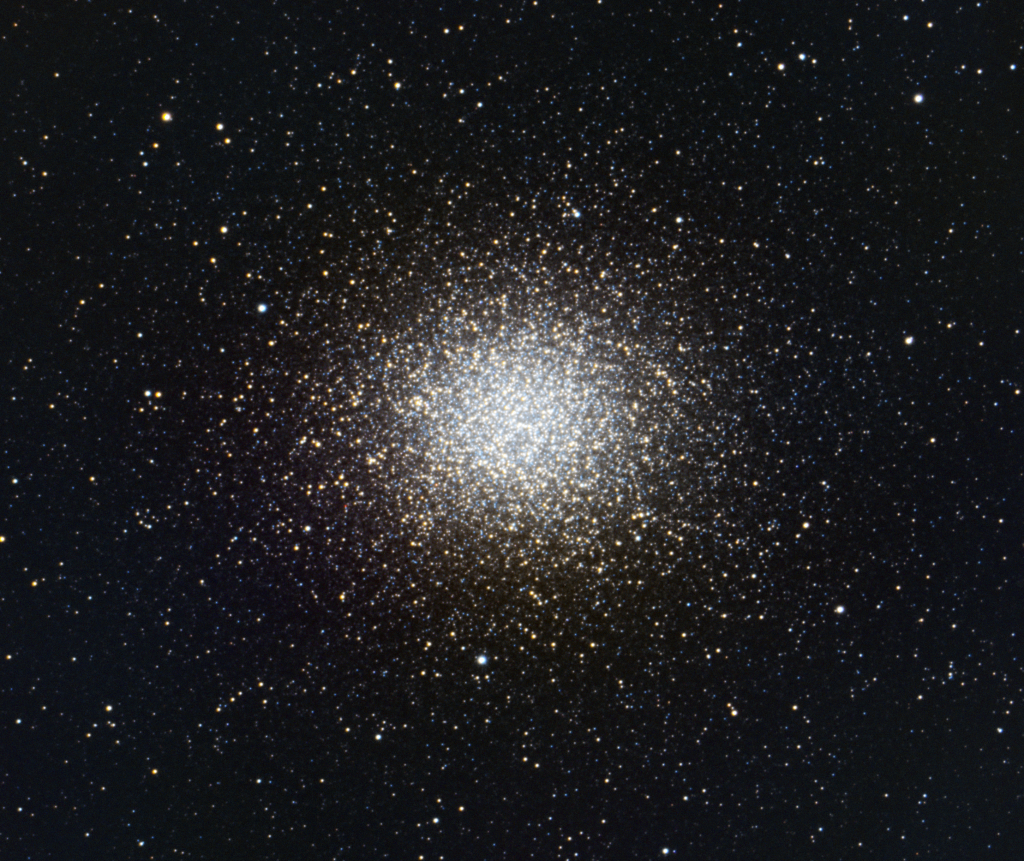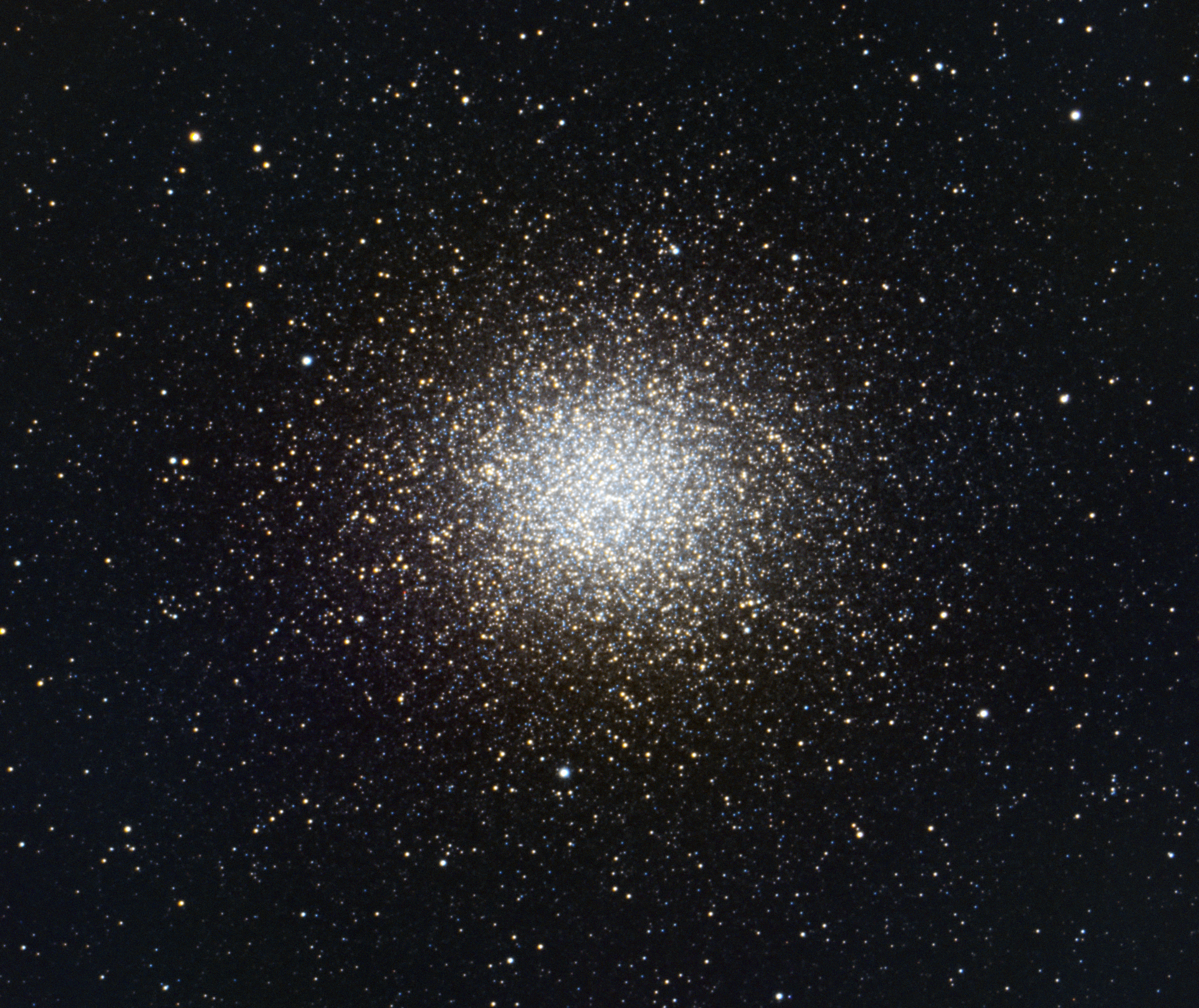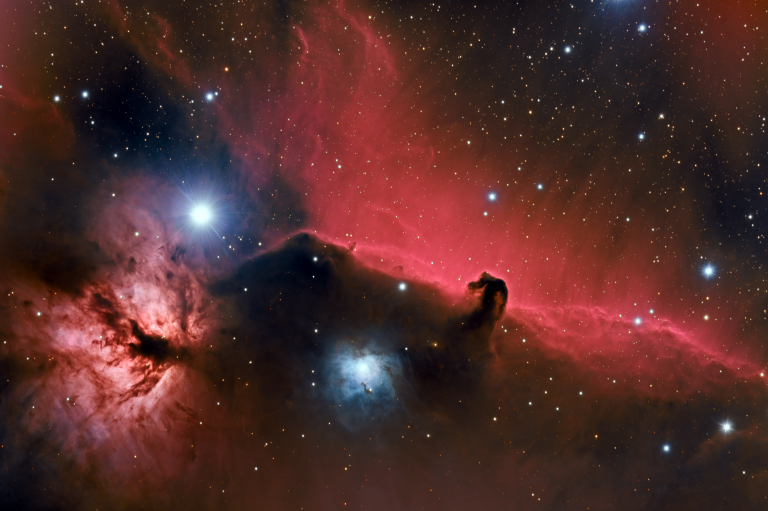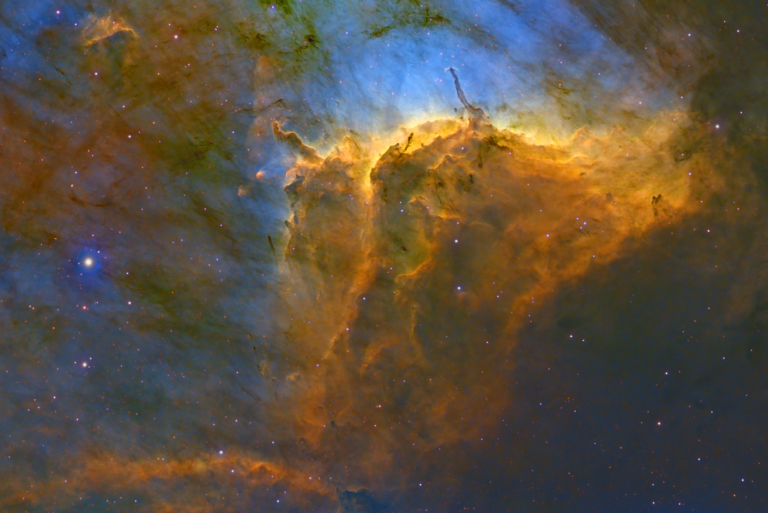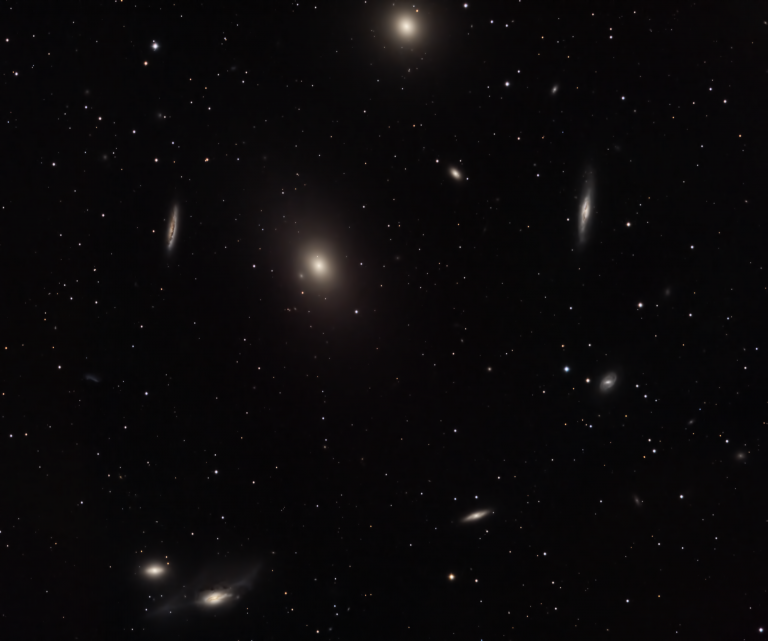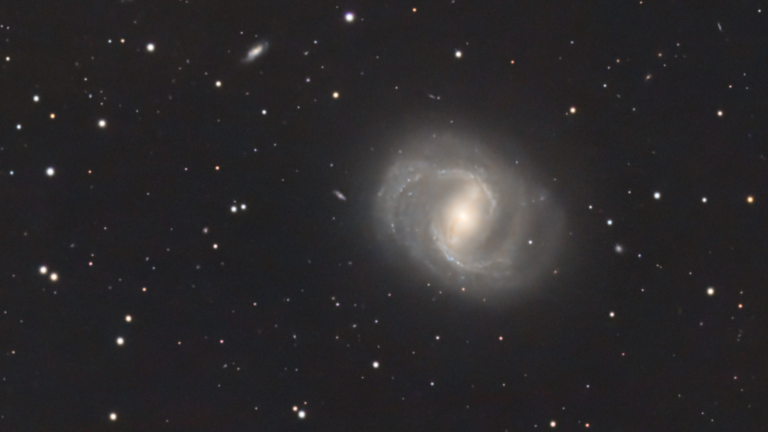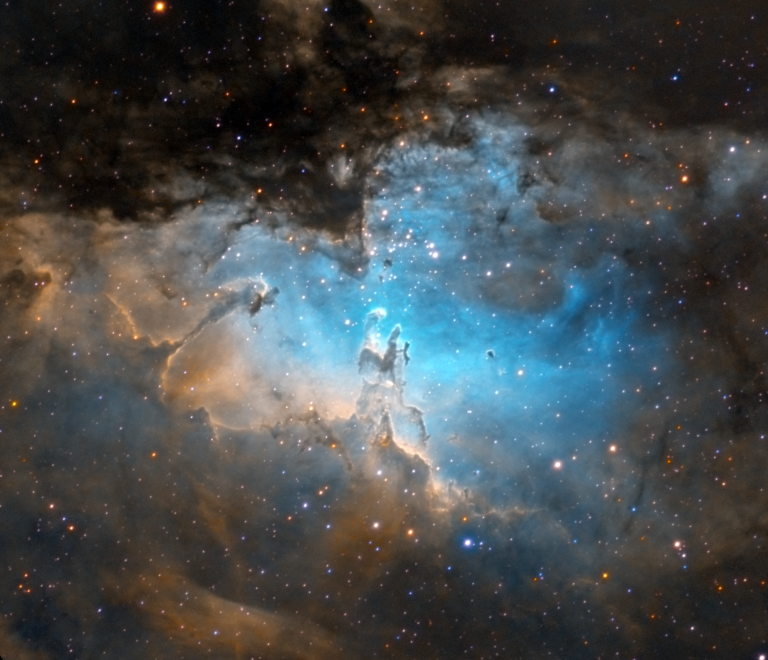Omega Centauri – the biggest globular cluster, or is it something else?
This object was a real challenge to image. From central Florida, it only rises 13 degrees above the horizon, deep within the light-polluted murk of my Southern sky. Omega Centauri is a Southern hemisphere object, so capturing it from the Northern hemisphere requires effort.
It’s worth it though – this is one of the most fascinating objects in the night sky. Containing an estimated 10 million stars about 17,000 light-years away, it is by far the biggest and brightest globular cluster in the Milky Way.
Or… is it a globular cluster at all? Globular clusters generally formed along with the Milky Way itself, and have very old stars that don’t a lot of heavier elements in them. But Omega Centauri has a wide range of stellar ages and elemental makeup. Combined with its extraordinary size, there’s something weird about this ball of stars.
It’s thought that Omega Centauri may actually be the core of a dwarf galaxy that the Milky Way consumed in the past – the rest of its stars have been scattered throughout the galaxy. In fact one star, Kapteyn’s Star, is only 13 light-years from Earth and appears to have originated from Omega Centauri. There’s also some evidence of a black hole at its center, which is also something associated with galaxies (the jury is kind of out on that one, though.)
